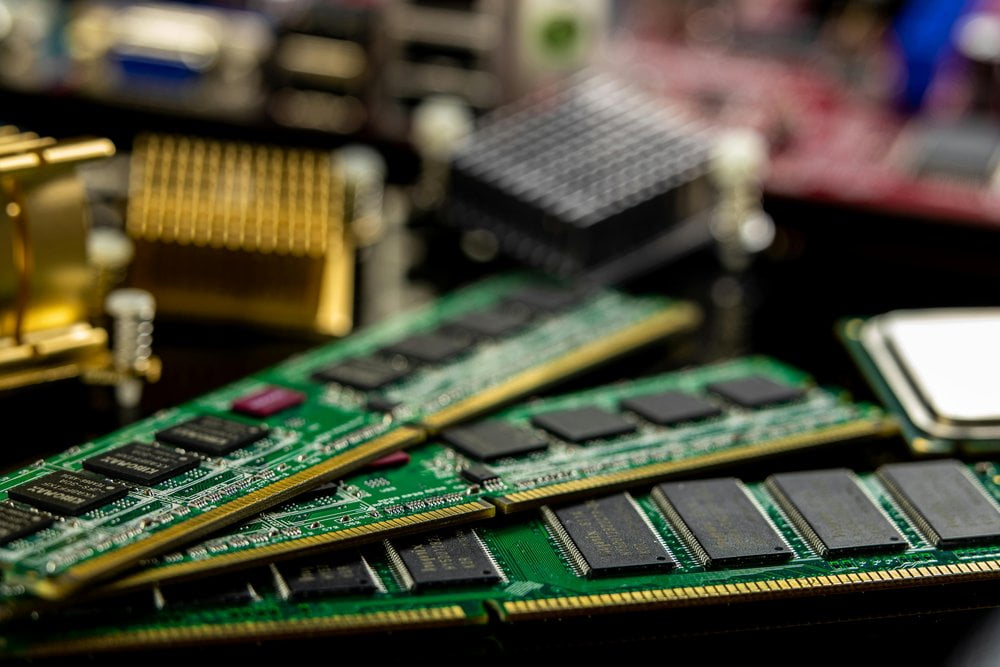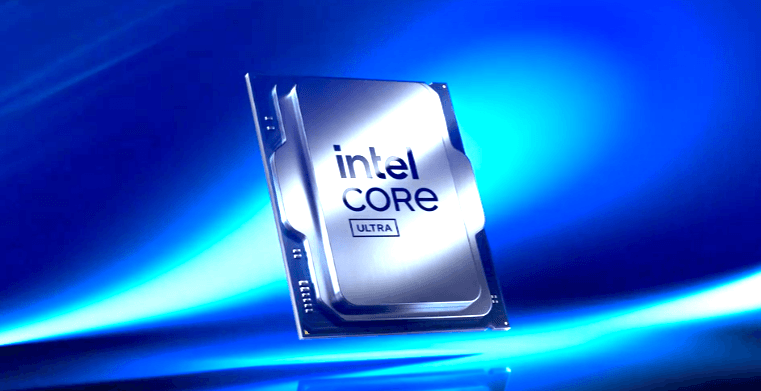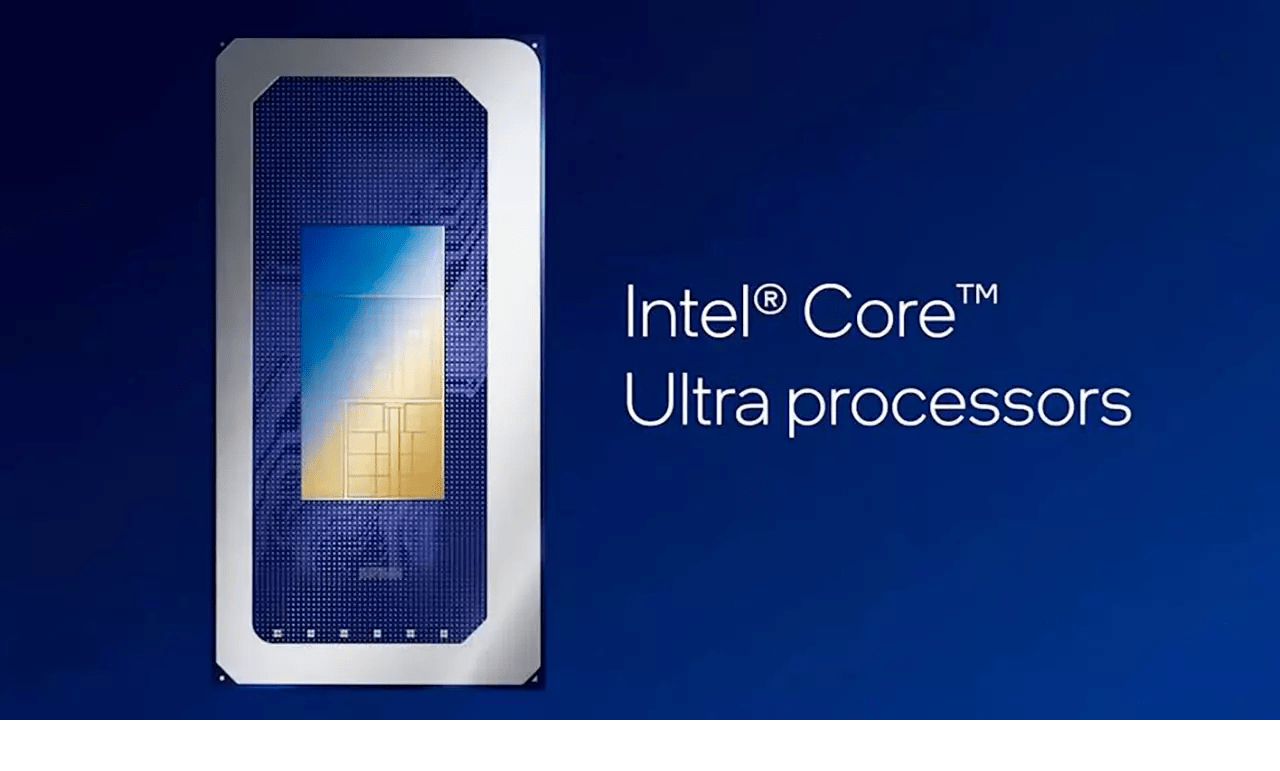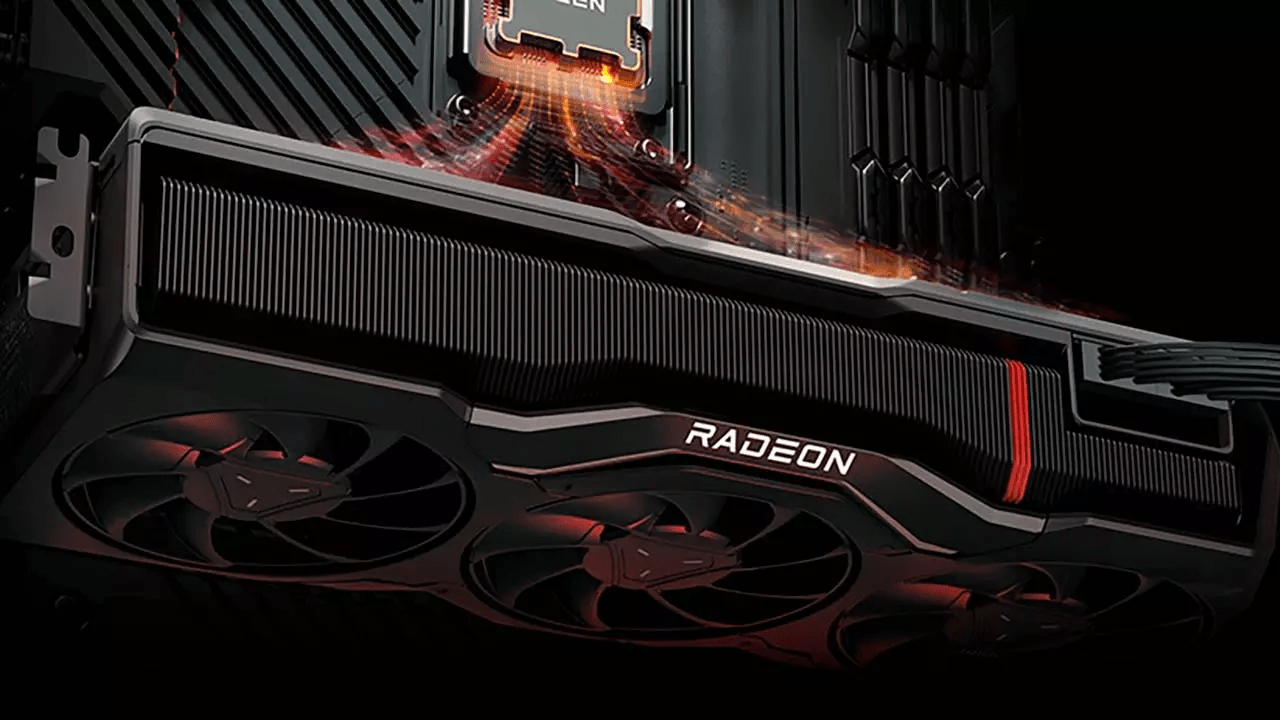Most often, one has to make a choice: upgrade to DDR4 memory or go straight to DDR5. Well, in 2024, RAM technology is going to have a massive shift. So, this decision turns out to be all the more relevant. We analyze those changes in DDR4 vs DDR5 RAM performance and cost, and we will let you know which one you should go with for your next upgrade.
What is DDR4 RAM?
DDR4 RAM stands for Double Data Rate 4, which became a standard equipped with several years of good performance from simply gaming to professional loads. DDR4 was first introduced in 2014, increasing transfer rates against the DDR3 previous version, reducing voltage, and enhancing its reliability.
Key Features of DDR4:
- Data Rates: Runs typically between 1600 MHz to 3200 MHz; though some modules reach 4800 MHz.
- Voltage: DDR4 runs on 1.2V, while DDR3 operates on 1.5V—hence, the former is more power-efficient.
- Capacity: DDR4 modules come in modules as small as 4GB or as large as 32GB per module.
- Latency: Column Address Strobe latency, popularly referred to as CAS latency, for DDR4 RAM typically runs between CL14 to CL19.
What is DDR5 RAM?
DDR5 stands for Double Data Rate 5 RAM and is the new generation of memory. It was announced to the public in 2020 and touts massive performance increases compared to DDR4 in terms of speed, capacity, and efficiency. DDR5 is being developed to keep up with present computing demands, whether those be high-performance gaming, AI processing, or just high-activity multitasking.
One of its main features includes:
- Data Rates: DDR5 starts from 3200 MHz and goes all the way up to 8400 MHz.
- Voltage: DDR5 operates at an even lower voltage of 1.1V for improved power efficiency.
- Capacity: DDR5 modules can reach densities of as high as 128GB per module with higher density chips.
- Latency: While CAS latencies for DDR5 are higher than DDR4 initially, the higher bandwidth adds such much more performance improvement that this is more than compensated.
Comparison
Speed and Bandwidth
Probably one of the most striking differences between DDR4 and DDR5 has to do with the speed. DDR5 makes double the bandwidth available compared to DDR4 for improved performance on data-intensive apps. Gamers can then expect silky-smooth frame rates and reduced loading times, while professionals running either CAD or editing video software will see improved processing times.
Power Efficiency
Another benefit of lower operating voltage on DDR5 is that it runs cooler. This again is quite significant for the longevity and stability of a system, especially when it’s overclocked.
Latency
Despite high CAS latency against DDR4, higher bandwidth and better prefetch buffers ensure that overall latency performance is better. Put simply; access to data is faster despite higher CAS numbers.
Cost Considerations
Well, like every new tech, DDR5 does come at a premium over DDR4. DDR5 RAM modules start at around $100 for 16GB, while DDR4 modules are found for approximately $60 for the same capacity. That said, prices should trend down once DDR5 is more embraced by the mainstream. Budget users may now fall back onto DDR4, especially if they don’t require that ultra-performance which DDR5 offers.
Compatibility
Upgrading to DDR5 is not that simple, as one might think, by simply replacing old RAM sticks. DDR5 will actually require a suitable motherboard and a compatible CPU. Most of the recent processors from Intel and AMD support DDR5 ram, but basically, it will need to check your motherboard specifications before purchase. DDR4 will have broad compatibility with many motherboards and CPUs, making an easier upgrade for most users.
Future Proofing to Your System
Suppose you’re building a new system or just looking to do some serious upgrades; DDR5 is where it’s at. More advanced features, increased speeds, and efficiency make DDR5 future-proof. Your system is not going to be outdated some years down the road. At the same time, you want to future-proof an existing system where pocket is tighter or DDR4 still has phenomenal performance and value.
Use Cases
Gaming
This can make a big difference to the gamer, particularly with newer titles optimized for that bandwidth. DDR5 might be able to show real frame-rate differences and gaming experiences.
Professional Workloads
Not only video editing professionals but also those who have been involved in 3D rendering—maybe even AI development—should look forward to DDR5 since increased bandwidth and efficiency help slash the processing times involved, thus improving workflow efficiency.
Everyday Computing
This difference between DDR4 and DDR5 isn’t very noticeable in general activities like browsing, streaming, or even office applications. DDR4 is way more than enough for these kinds of regard at a much reduced cost.
Conclusion
DDR5 RAM will finally be the right way to future-proof a system and hit top performance in 2024. It increases speed, efficiency, and capacity, so it would be somewhat fit for demanding applications and gaming. DDR4 still holds up pretty well, though, and really isn’t doing too badly at efficiently suiting many users’ needs, mainly with existing systems or on tighter budgets.
At the end, one needs to consider his needs, budget, and future upgrade plans in order to choose between DDR4 vs. DDR5. If you’re after top-class performance and your pocket can afford it, then DDR5 is the way. Otherwise, DDR4 will always remain an excellent performer and value for money for most people.












Leave a Reply